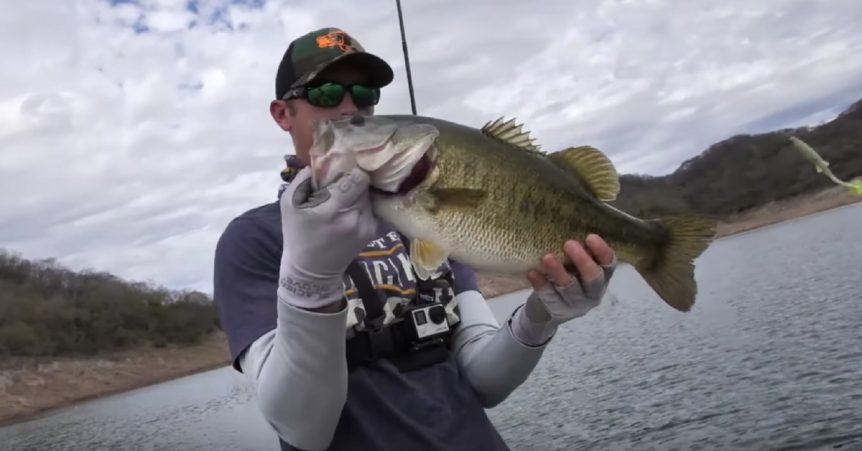The Ultimate Prespawn Fishing Guide: When, Where And How
[print_link]
The flipside of that coin is that pre-spawn bass can be tough to pattern, as they are constantly on the move, and weather and water levels change rapidly in the spring.
Here’s a quick rundown on where, when, and how to quickly and efficiently find and target bass during the pre-spawn.
Prespawn Fishing: When
Obviously, bass spawn at different times throughout their range. In Florida, you may see spawning activity as early as November or December, and in Minnesota you’ll still find bass on beds in July. For that reason, it’s better to focus on water temp trends than a specific calendar date.
Bass typically start moving up to their pre-spawn locations as soon as the water temperatures start their first prolonged climb. In the north, this might mean a rise from the low thirties into the mid-forties, and in the south it might only be a rise from the forties into the low fifties. The key is to watch the weather, and get ready when you get that first prolonged period of pleasant weather.
Prespawn Fishing: Where
In natural lakes, ideal pre-spawn locations are grass lines, points, and any other structures close to the shallow spawning flats they will eventually spawn on. These areas often become well-known community holes, and pre-spawn bass move up onto them to feed before going to bed. In reservoirs, ideal pre-spawn haunts are the creek channels, ditches, and drains that lead back into spawning areas.[/caption]
Most reservoir bass winter in deep water, and they use these features as migration highways on their way to spawn. In rivers, pre-spawn bass hang all over rocks, wood, and points on the outside of typical river spawning areas like bays, marinas, and backwater lakes. River bass don’t like to spawn directly in the current, but will stay in it until they actually go to bed.
Prespawn Fishing: How
One of the biggest keys to unlocking pre-spawn bass is to put your time in on the map study prior to even getting on the water. If you have a good contour map, you can easily identify creek channels, ditches, and drains to focus your efforts. In a lake or river system, you can use aerial photography like google earth to locate backwaters and grassy flats from the summertime, and focus on them before the grass comes up.
Once you’ve identified an ideal location to search, the key is to start out with reaction baits to cover water and hopefully get a few bites. Once you locate an area producing fish – you can then slow down and seine it with slower presentations.
Ready To Catch Some Fish?
Gear up and catch more fish! With a Mystery Tackle Box Subscription, you’ll get a box of baits hand delivered to your door each month. In addition to the best new baits you’ll have access to our expert tips, how-to videos, fishing decals, MTB exclusive baits, and more. With baits up to 40% off retail, this is one service every angler needs to try!




